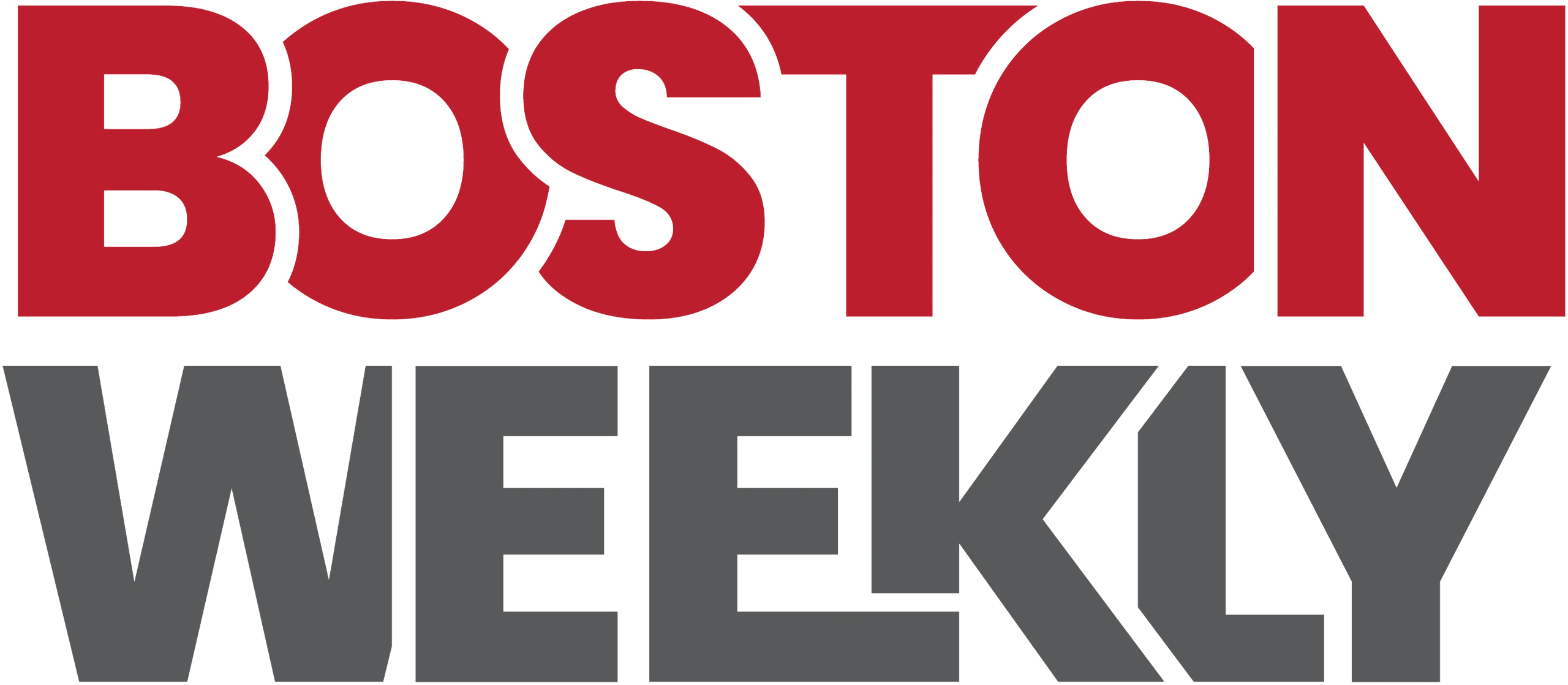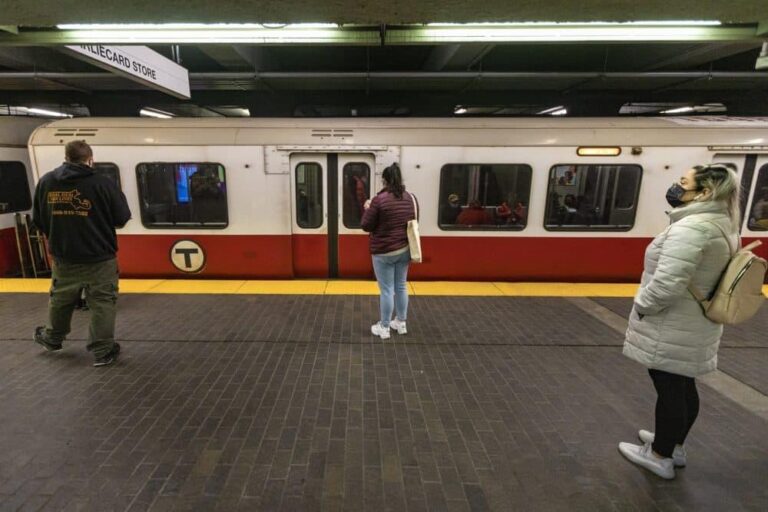Safety concerns and the implementation of slow zones have increasingly affected operations across the Massachusetts Bay Transportation Authority (MBTA) network. Rail and commuter lines continue to grapple with operational delays and service alterations as infrastructure issues prompt stringent safety measures. These slow zones, while crucial for ensuring passenger and worker safety, pose significant challenges to timely service, highlighting a growing tension between maintaining safety standards and meeting commuter demand. Industry discussions and ongoing overhaul programs reflect the complexities of managing aging rail equipment amid these operational constraints,underscoring a critical juncture for the MBTA’s future service reliability and safety protocols.
Table of Contents
- Safety Challenges Disrupt MBTA Service Reliability
- Impact of Slow Zones on Commute Times and Rider Experience
- Root Causes Behind Speed Restrictions and Infrastructure Issues
- Strategies to Enhance Safety and Restore Operational Efficiency
- Wrapping Up
Safety Challenges Disrupt MBTA Service Reliability
Ongoing safety issues have posed significant challenges to the MBTA’s ability to maintain reliable service across its commuter rail and subway lines. Frequent equipment malfunctions, coupled with the imposition of slow zones, have led to delays that ripple through daily operations. These safety-related disruptions force operators to scale back speeds substantially in vulnerable track sections, impacting schedule adherence and passenger confidence. In addition, the MBTA continues to navigate complex rebuilds and overhauls of aging locomotive fleets, such as the F40PH-2C and GP40-MC units, to address reliability concerns head-on.
Key factors contributing to operational setbacks include:
- Safety inspections triggering speed restrictions on critical track areas
- Extended maintenance windows to rehabilitate outdated infrastructure
- Resource constraints affecting timely repairs and upgrades
- Coordination challenges among multiple line services and equipment types
These compounding factors highlight the delicate balance between ensuring passenger safety and minimizing service interruptions.The MBTA’s ongoing efforts to modernize its fleet and infrastructure are essential to bolstering system resilience, yet the immediate impact of safety-enforced slow zones continues to disrupt timely service delivery to commuters.
Impact of Slow Zones on Commute Times and Rider Experience
Slow zones instituted across key MBTA rail corridors have led to noticeable increases in overall commute times, directly impacting scheduling accuracy and daily rider routines. As trains reduce speed for safety inspections and track repairs, delays cascade throughout the system, complicating transfers and reducing service reliability. Commuters frequently report frustration as extended travel durations disrupt work schedules and reduce the predictability that efficient public transportation should offer.
Riders experience several tangible effects, including:
- Longer wait times and crowded platforms due to delayed train arrivals
- Heightened stress and uncertainty about arrival times
- Reduced accessibility to timely connections with other transit lines
- Potential loss of confidence in MBTA’s operational efficiency
While safety remains the top priority, the balance between maintaining rigorous safety standards and minimizing operational impact remains delicate. MBTA continues to explore targeted infrastructure upgrades and implement rebuild programs, such as those for F40PH locomotives, to improve equipment reliability and reduce the frequency of slow zones, aiming to restore the rider experience to pre-slow zone conditions without compromising safety.
Root Causes Behind Speed Restrictions and Infrastructure Issues
Persistent speed restrictions across MBTA lines are primarily linked to aging infrastructure that struggles to meet modern operational demands. Tracks showing signs of wear, outdated signaling systems, and deferred maintenance have collectively forced transit authorities to impose numerous slow zones to ensure passenger safety. Compounding these challenges, the complex urban environment adds strain to the system, with frequent disruptions caused by utility work, weather impacts, and the sheer volume of daily train traffic.
Key factors contributing to these limitations include:
- Deteriorating track conditions: Rails and ties requiring urgent replacement or repair.
- Obsolete signaling and communication equipment: Restrictions on train speeds imposed to accommodate slower response times.
- Budget constraints: Limiting large-scale infrastructure upgrades and timely maintenance.
- Environmental and external influences: Frequent weather-induced damage and urban encroachments complicating maintenance schedules.
Strategies to Enhance Safety and Restore Operational Efficiency
To address the pressing safety concerns and mitigate delays caused by slow zones, the MBTA is deploying a multi-faceted approach centered on rigorous risk management and targeted infrastructure upgrades. The agency integrates its Safety and Security Certification Program (SSC) throughout project lifecycles, leveraging Safety Risk Management (SRM) and Risk-Based Hazard Analysis (RBHA) to systematically identify and reduce hazards before they impact daily operations. This proactive framework enables the MBTA to balance safety imperatives with the need to maintain system fluidity, enhancing resilience against disruptions caused by aging infrastructure or unforeseen hazards.
Complementing these analytical efforts, the MBTA is committing substantial resources to expand workforce capacity and improve operational practices, ensuring reliability without compromising safety. Key strategies include:
- Accelerated maintenance and repair cycles to promptly address track defects and critical equipment failures.
- Enhanced training and staffing initiatives to boost frontline worker readiness and response capabilities.
- Data-driven adjustments to slow zone protocols aimed at minimizing speed restrictions while safeguarding passengers and employees.
- Investment in modern safety technologies such as advanced signal systems and real-time hazard detection tools.
Collectively, these measures seek to restore operational efficiency and rebuild rider confidence, positioning the MBTA to meet growing transit demands without sacrificing the community’s safety.
Wrapping Up
As the MBTA continues to address ongoing safety concerns and the persistent challenges posed by slow zones, its impact on daily operations remains a critical issue for both riders and transit officials.Balancing the need for enhanced safety measures with the demand for timely service will require ongoing investment, innovation, and clarity. With commuter patience wearing thin, the coming months will be crucial in determining whether the MBTA can restore reliability while safeguarding passengers and employees alike.The evolution of these slow zones and safety protocols will undoubtedly shape the future of Boston’s transit landscape.

